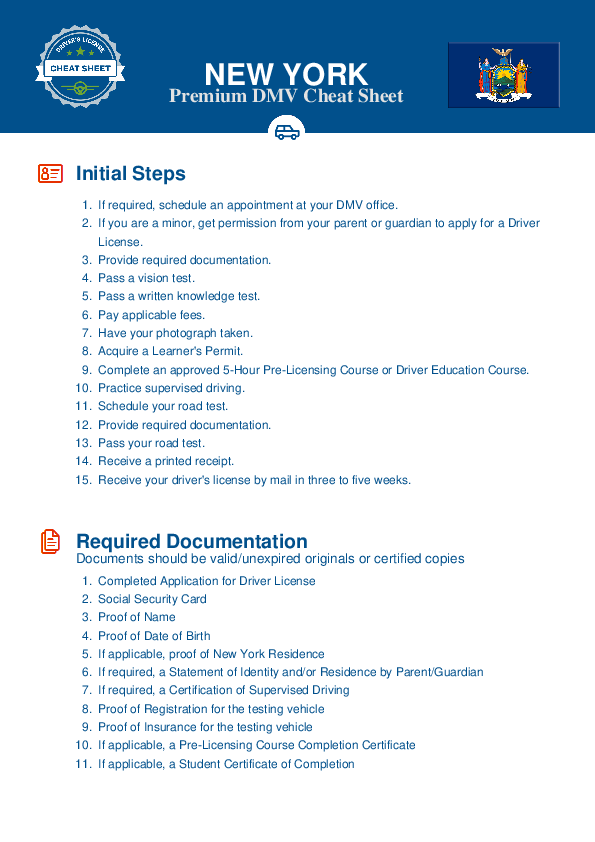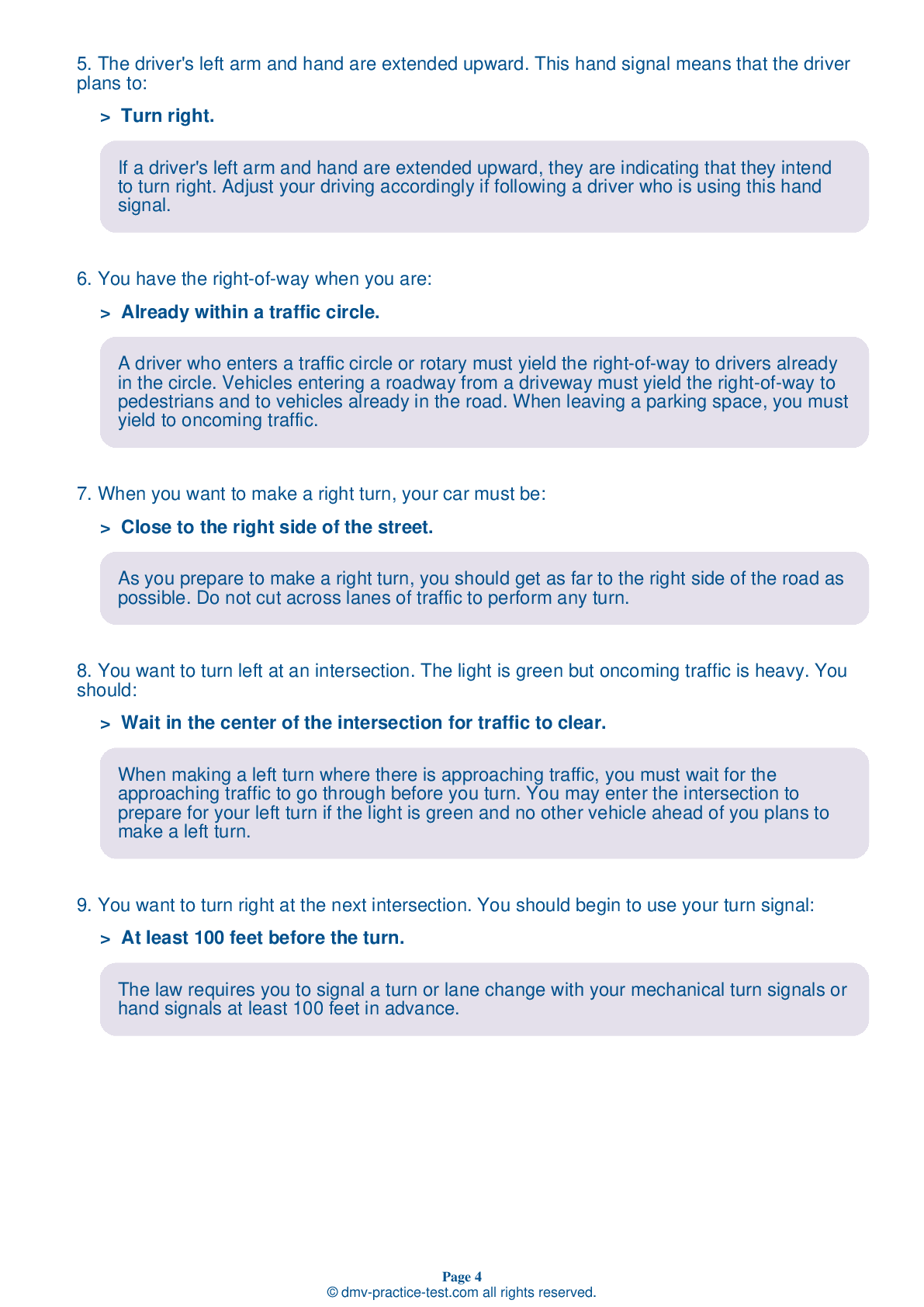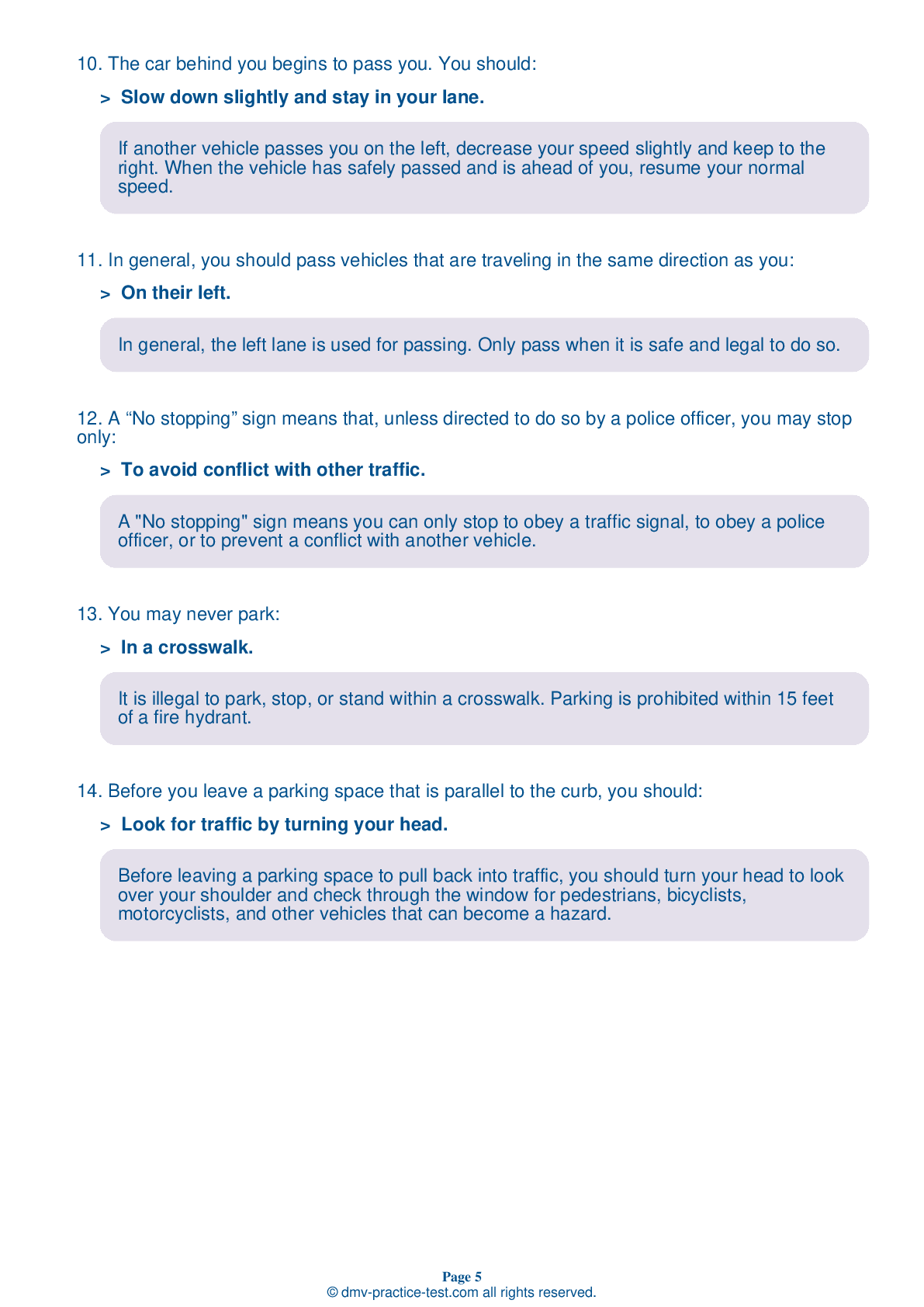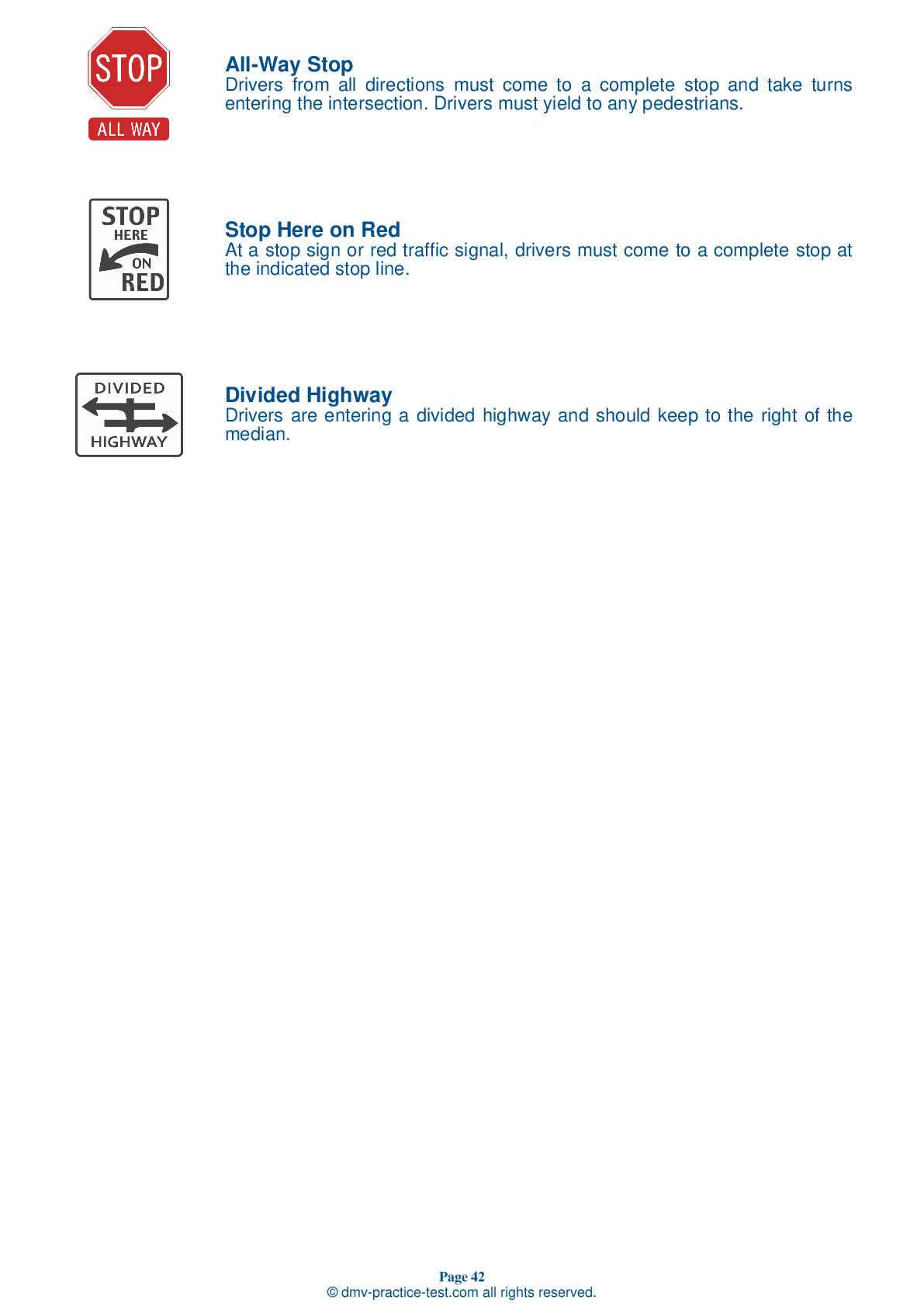FREE New York DMV Practice Test #22
New York's DMV practise examinations have been revised for January 2025. It includes questions based on the New York Driver Handbook's most significant traffic signals and legislation for 2025. Use actual questions that are very similar (often identical!) to the DMV driving permit test and driver's licence exam to study for the DMV driving permit test and driver's licence exam.
On the practise exam, each question gets a tip and explanation to help you remember the concepts. The written component of the official New York DMV test will feature questions about traffic rules, traffic signs, and driving statutes, as well as knowledge from the Driver Handbook.
To obtain a passing grade, you must correctly answer 14 of the 20 questions. Take this practise test from the New York Department of Motor Vehicles to help you prepare for your instruction permit or driver's licence.
The DMV exam is available in several languages.
Using any kind of testing assistance will result in an automatic fail, and the DMV may take additional action against your driver's licence, so stay away from it.
1 . This sign means:
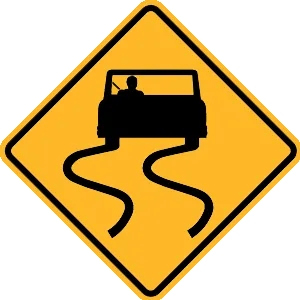
This sign warns that the road is slippery when wet.
2 . This sign means:
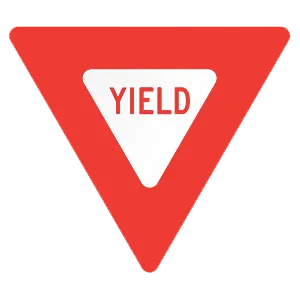
Decrease your speed as you approach an intersection with a yield sign. Prepare to stop and yield the right-of-way to vehicles and pedestrians in the intersection or crossroad. You must come to a full stop at a yield sign if traffic conditions require it.
3 . You may not cross a single broken white or yellow line:
You may cross a single broken line to pass or change lanes as long as you can do so safely and without interfering with traffic.
4 . Before you change lanes, you should check your mirrors and:
Before changing lanes, it is very important to check behind you. You should look over your shoulder to ensure that you are not getting in the way of vehicles in the lane you want to enter. Before changing lanes, you should also ensure that no drivers are attempting to drive into the same spot from a different lane.
5 . You may drive around or under a gate that is being lowered or raised at a railroad crossing:
Flashing red lights, lowered crossing gates, and/or bells at a railroad crossing mean that you must come to a complete stop. You must not go across the tracks until the lights and bells have stopped and the crossing gates are completely up. Do not drive around or under a gate that is moving up or down.
6 . A child passenger who is under the age of eight and less than ____ in height is required to be seated in an approved child safety seat while in a moving vehicle.
New York law requires children who are under the age of eight and shorter than 4 feet, 9 inches tall, or weighing less than 100 pounds, to be seated in a government-approved child safety seat. They should not be allowed to use a seat belt until the seat belt fits properly.
7 . This road sign means:
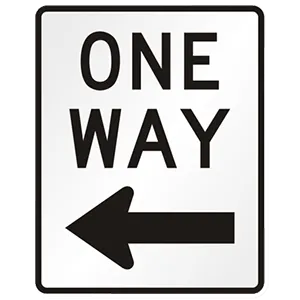
Regulatory signs provide notice to road users of traffic laws that must be obeyed. Where this sign is present, drivers must drive in the direction indicated by the arrow.
See the exact questions that will be on the 2025 New York DMV exam.
99.2% of people who use the cheat sheet pass the FIRST TIME
LT gives us an insight on how the cheat sheet provided her with all the study questions she needed before taking her test.
Joe initially studied with the handbook and failed his test, he eventually found us online, studied and pass his test the first time around.
